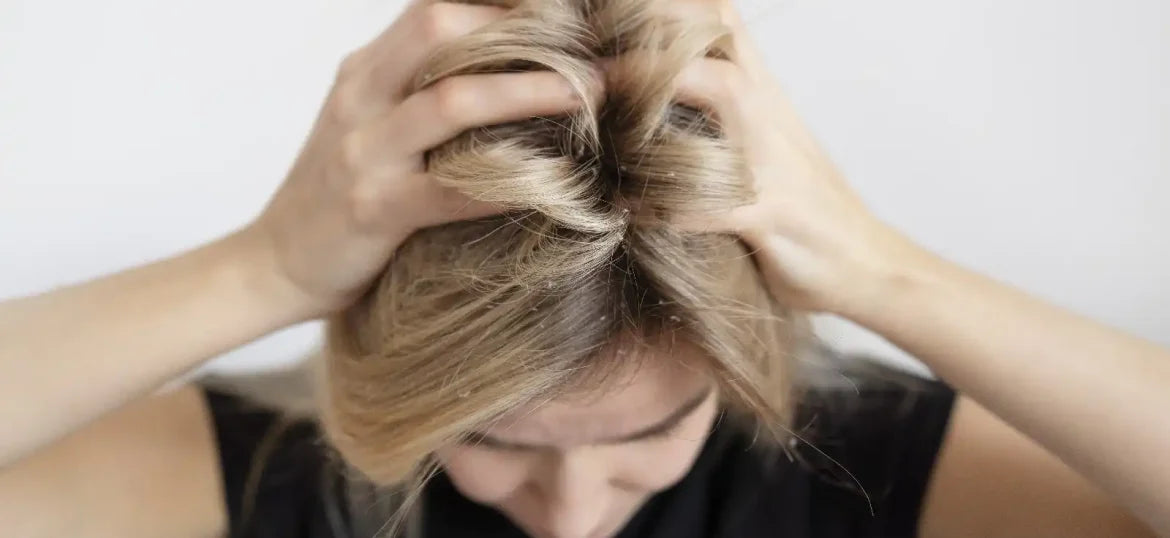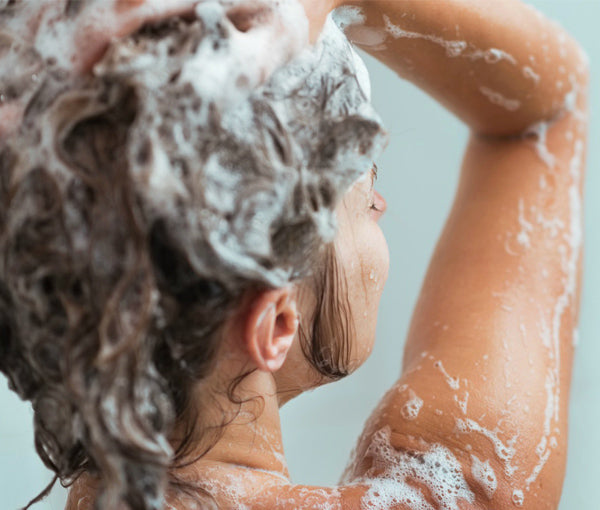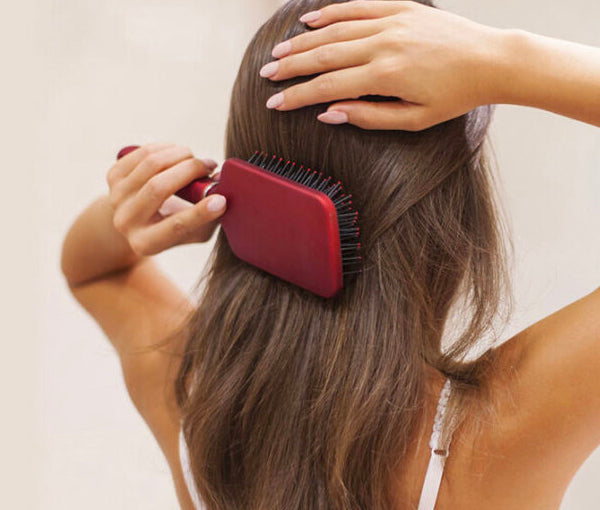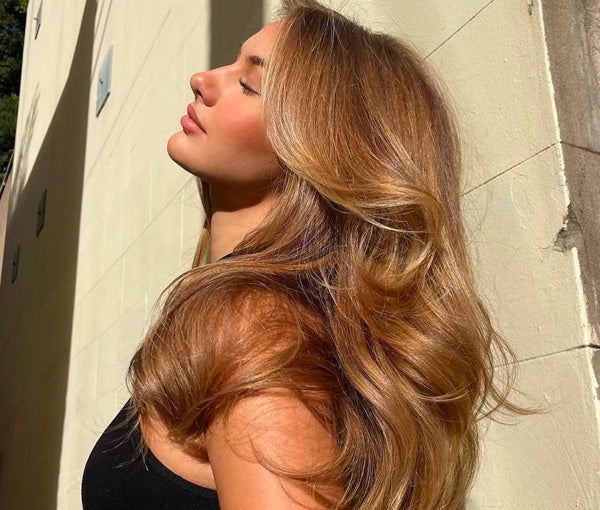Dry scalp and dandruff share the main symptoms of falling flakes and an itchy scalp, but they’re two different conditions. You can control dandruff with specialized shampoos and haircare products.
A lack of moisture in the skin causes dry scalp, while an excess of oil and an overgrowth of Malassezia yeast trigger dandruff.
When your scalp is dry, the skin becomes irritated and flakes off. With dandruff, excess oil and yeast overgrowth lead to a buildup of skin cells that eventually shed. Identifying your condition helps you choose the right treatment and eliminate flakes for good.
Dry scalp occurs when the skin on your scalp lacks moisture or doesn’t have enough oil for the skin to feel lubricated. Like other forms of dry skin, this can cause itching, tightness, flaking, and irritation. It can also cause the hair to look dry, since oil from the scalp helps condition the hair.
This condition produces small, white flakes that are dry in nature. It is not associated with excessive oil production. People with dry skin are more prone to dry scalp. This means that many of the things that cause dry skin can also cause a dry scalp as well
Common Causes of Dry Scalp:
- Cold Weather: Dry air and heating systems during the winter months can cause the scalp to dry out.
- Over-Washing: Washing hair too often strips away natural oils, leading to dryness.
- Harsh Hair Products: Shampoos with sulfates or alcohol can be drying.
- Dehydration: Not drinking enough water can contribute to dry skin, including the scalp.
- Skin Conditions: Eczema or psoriasis can make you more prone to dry scalp.
What Is Dandruff?
Your scalp has sebaceous glands that produce sebum to protect and hydrate your hair. However, excess sebum leads to oily hair and creates the perfect environment for Malassezia Globosa, the fungus responsible for dandruff. If you don’t manage your oily scalp, you’ll end up dealing with oily dandruff.
Dandruff is caused by the overgrowth of yeast on the scalp, particularly Malassezia, which thrives on the oils produced by the scalp. The yeast feeds on these oils, causing an inflammatory response that leads to flaking and causes the scalp to shed dead skin cells in the form of larger, oily, and sometimes yellowish flakes.

Common Causes of Dandruff
There is more than one scalp condition causes itching and flakiness – and knowing the difference is crucial to plan your treatment approach.
1- Dry Scalp: Unlike dandruff, a dry scalp lacks moisture and isn’t linked to fungal overgrowth. Flakes from dry skin are often smaller and accompanied by tightness or irritation.
2- Psoriasis: A chronic autoimmune disorder that leads to thick, red patches covered with silvery scales, which may flake off.
3-Seborrheic Dermatitis: A more severe form of dandruff, marked by inflammation, redness, and excessive oil production. This condition makes the scalp oily, irritated, and inflamed, leading to dandruff.
4- Malassezia Yeast Overgrowth – A naturally occurring yeast that thrives on scalp oils. When it overgrows, it disrupts skin renewal, causing flaking.
5- Underlying Health Issues – Dandruff can sometimes be a symptom of an underlying condition affecting scalp health. If unsure, consulting a specialist is recommended.
• Nutrient Deficiency – A lack of biotin (Vitamin B7) can contribute to dandruff-like symptoms. Including biotin-rich foods like eggs, almonds, and sweet potatoes can support a healthy scalp.
• Fungal Infections – Skin conditions like psoriasis or fungal infections (e.g., Tinea Capitis) can compromise scalp health, resulting in flaking. Seeking medical advice can help determine if treatment is needed.
6- Hormonal Changes – Puberty, pregnancy, or menopause can trigger excess oil production, contributing to dandruff. This may be why dandruff usually begins around puberty.
7- Diet & Nutrition – A diet lacking essential nutrients and high in processed foods and sugar can worsen dandruff symptoms.
8- Stress – Stress-induced hormonal imbalances can impact scalp health, leading to excessive shedding and dandruff. Relaxation techniques like meditation or exercise may help.
9- Chemical Reactions to Hair Products – Some ingredients in hair care products can irritate the scalp and contribute to dandruff:
• Fragrances – Artificial fragrances in shampoos and conditioners can irritate sensitive scalps, causing dryness and flaking. Opting for fragrance-free or natural hair products may help.
• Sulfates – Sulfates create a rich lather but can strip moisture and protective oils from the scalp, leading to itching and flaking. Using sulfate-free shampoos or gentler alternatives can reduce irritation.
• Preservatives & Harsh Chemicals – Ingredients like parabens and formaldehyde, used to prolong product shelf life, may trigger allergic reactions or irritation, manifesting as dandruff. Choosing clean, non-toxic hair care products is advisable
How to Identify Dry Scalp vs. Dandruff
Although dry scalp and dandruff share some symptoms, their appearance and the way they feel on the scalp can help distinguish them.
- Dry Scalp: The flakes are small, white, and dry. They may fall off easily when you scratch your scalp, and you may also feel tightness or dryness in the scalp. Itchy scalp may be present, but the overall feeling is more about dryness rather than oiliness.
- Dandruff: The flakes are usually larger and oily, often appearing greasy. The scalp may feel greasy, and there may be more noticeable irritation or redness. If dandruff is left untreated, the flakes may clump together, making it more noticeable.

Prevention Tips:
- For dry scalp, hydrate the scalp and avoid harsh chemicals in your hair care products.
- For dandruff, manage oil production, reduce stress, and use antifungal treatments regularly.

When to Seek Professional Help:
If your symptoms persist despite treatment, consult a dermatologist for stronger treatments like prescription shampoos.





